Initial 24 Hours After Tooth Extraction
The initial 24 hours following tooth extraction are crucial for proper healing. To avoid disrupting the blood clot formation, refrain from rinsing, spitting, or brushing. This promotes undisturbed healing and minimizes the risk of complications.
Avoiding Rinsing and Spitting
One of the most critical instructions after a tooth extraction is to avoid rinsing or spitting for the first 24 hours. This is because a blood clot forms in the extraction site, which is essential for initiating the healing process. Rinsing or spitting can dislodge this clot, potentially leading to a painful condition known as dry socket, which delays healing.
Instead of rinsing, gently dab the area with gauze to control any minor bleeding. Allow the natural healing process to occur undisturbed. Avoid using mouthwash during this period, as it can also disrupt the clot. Patience during these initial 24 hours greatly contributes to a smoother recovery.
Rest and Head Elevation
Following a tooth extraction, adequate rest is paramount for optimal healing. Plan to rest for at least 24 hours and take it easy for a couple of days thereafter. Physical exertion can increase blood flow to the extraction site, potentially causing bleeding and discomfort. Therefore, avoid strenuous activities and heavy lifting during this initial period.
In addition to rest, keep your head elevated, especially when lying down. Prop your head up on pillows to minimize swelling and promote drainage. This reduces pressure in the extraction area, aiding in the healing process. Maintaining this position for the first 48 hours is particularly beneficial.

Managing Bleeding
Some bleeding is expected after a tooth extraction. To manage it, apply firm but gentle pressure to the extraction site using a clean gauze pad. Bite down firmly on the gauze for at least 30 minutes, replacing it as needed until the bleeding subsides. Avoid excessive talking or movement, as this can disrupt the clot formation and prolong bleeding.
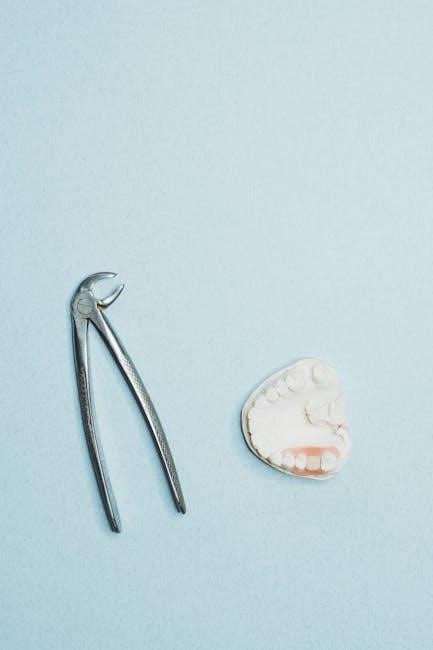
If bleeding persists beyond a few hours or becomes excessive, contact your dentist or oral surgeon immediately. Do not rinse or spit frequently, as this can dislodge the clot. If you experience a large amount of blood, try using a moistened tea bag instead of gauze, as the tannic acid in tea can help to constrict blood vessels.
Pain Management
Managing pain after a tooth extraction is essential for comfort and healing. Typically, your dentist will prescribe pain medication to alleviate discomfort. Take the medication as directed, and do not exceed the recommended dosage. Over-the-counter pain relievers, such as ibuprofen or acetaminophen, can also be helpful, either alone or in conjunction with prescription medication.
Applying a cold compress to your cheek can also help to reduce pain and swelling. In addition to medication, consider resting and elevating your head to minimize discomfort. If pain persists or worsens despite medication, contact your dentist or oral surgeon for further evaluation and guidance. Be sure to inform them of any other medications you are taking.
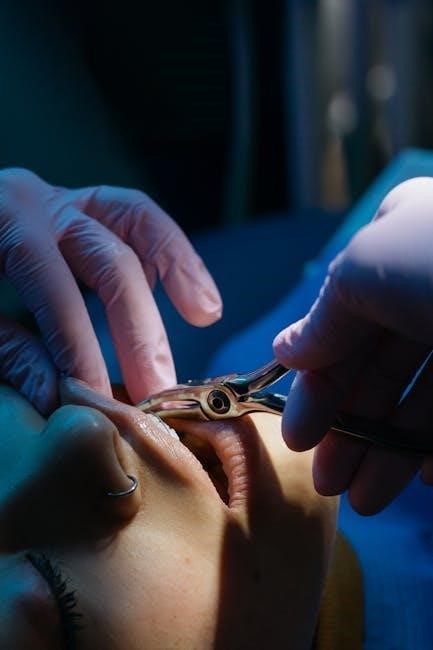
Oral Hygiene After the First 24 Hours
After the initial 24 hours, gentle oral hygiene becomes important. Start with gentle saltwater rinses to keep the extraction site clean. This aids healing and prevents infection.
Gentle Saltwater Rinses
After the first 24 hours following your tooth extraction, incorporating gentle saltwater rinses into your oral hygiene routine is vital for promoting healing and preventing infection. Prepare a solution using warm water and about half a teaspoon of salt. Gently swish the saltwater solution in your mouth, particularly around the extraction site, for approximately 30 seconds.
Avoid vigorous rinsing or gargling, as this could dislodge the blood clot, which is essential for proper healing. Perform these rinses 2-3 times daily, especially after meals, to remove food particles and debris that may accumulate in the area. Saltwater helps keep the extraction site clean and soothes the surrounding tissues. Continue this practice for about a week, or as directed by your dentist, to facilitate optimal recovery.
Antimicrobial Mouthwash
In addition to saltwater rinses, your dentist may recommend using an antimicrobial mouthwash to further reduce the risk of infection after tooth extraction. Typically, this should be introduced after the initial 24-hour period. Use the mouthwash as directed, usually two to three times a day, gently swishing it around the extraction site for the recommended duration.
Ensure you do not swallow the mouthwash. Antimicrobial mouthwashes help eliminate bacteria in the mouth, promoting a cleaner environment for healing. However, it’s important to use it judiciously, as overuse can disrupt the natural balance of oral flora. Follow your dentist’s instructions regarding the type of mouthwash and the duration of use to optimize healing and minimize potential side effects.
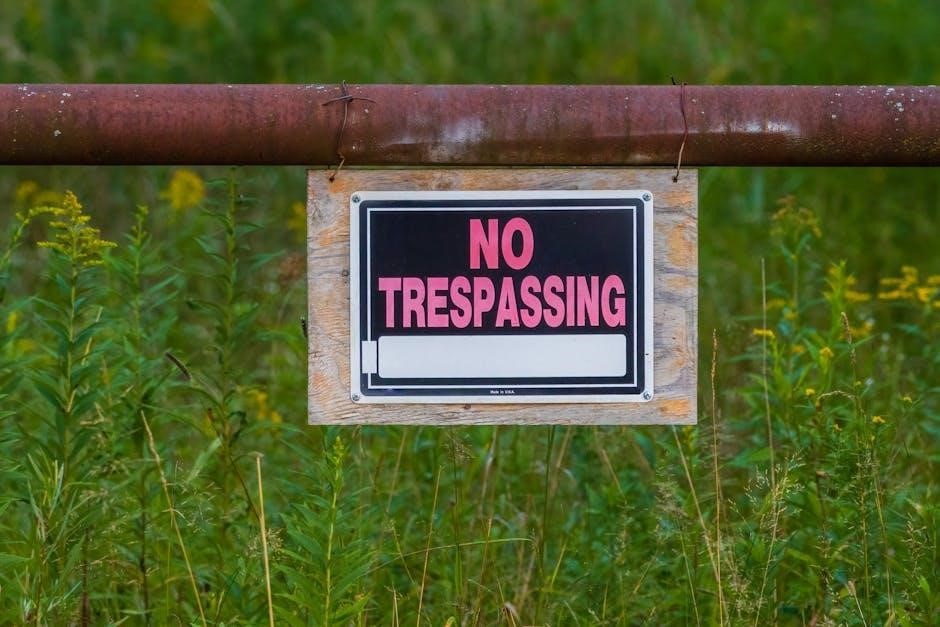
Brushing and Cleaning
Maintaining oral hygiene is crucial for healing. After the initial 24 hours, resume brushing your teeth, but be extremely gentle around the extraction site. Use a soft-bristled toothbrush and avoid direct contact with the socket. Focus on cleaning the surrounding teeth to prevent plaque buildup and potential infection.
Be careful not to dislodge the blood clot. You can also use a cotton swab dipped in antimicrobial mouthwash to carefully clean around the extraction site. Proper cleaning helps to remove food particles and debris, promoting a healthier environment for healing. Continue this gentle cleaning routine until the extraction site has fully healed.
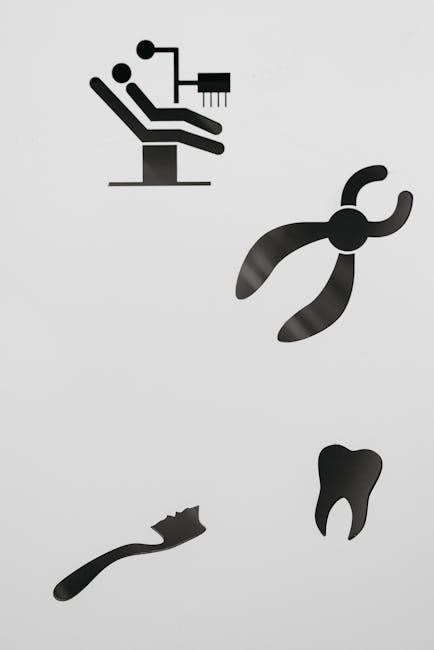
Dietary Considerations
Following tooth extraction, dietary choices are vital for comfortable healing. Focus on soft foods that require minimal chewing. Avoid hard, crunchy, or sticky foods that could irritate the extraction site or dislodge the clot.
Foods to Avoid
After a tooth extraction, carefully consider your food choices to prevent complications and ensure proper healing. For at least the first few days, it’s crucial to avoid certain types of foods that could irritate the extraction site or dislodge the blood clot.
Stay away from hard and crunchy foods like chips, nuts, and popcorn, as these can cause trauma to the sensitive area. Also, avoid sticky foods such as caramel and gummy candies, which can adhere to the extraction site and promote bacterial growth. Spicy foods should also be avoided.
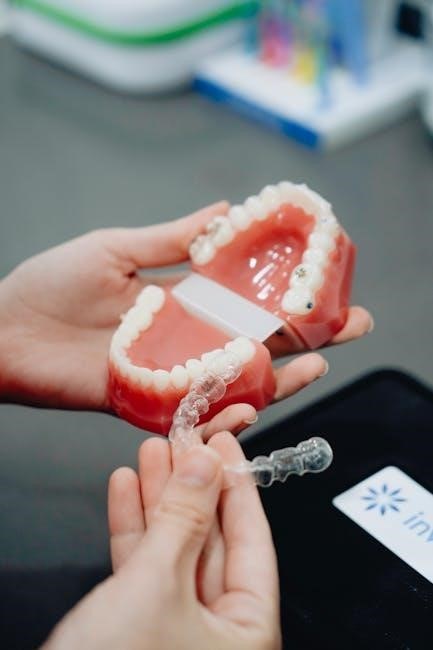
Furthermore, refrain from consuming very hot or cold beverages and foods. These temperature extremes can increase sensitivity and potentially disrupt the healing process. It is important to follow these guidelines to facilitate optimal recovery;
Hydration
Maintaining proper hydration is essential for overall healing and recovery after a tooth extraction. Staying adequately hydrated helps to keep the mouth moist, which is crucial for preventing dryness and promoting tissue repair. Dehydration can lead to a dry mouth, increasing the risk of infection and discomfort.

Drink plenty of fluids throughout the day, such as water, clear broths, and diluted juices. Avoid sugary drinks, as they can contribute to bacterial growth and hinder the healing process. Aim to sip fluids regularly rather than gulping them down, which can potentially disturb the blood clot.
Remember that proper hydration aids in delivering nutrients to the extraction site and removing waste products, facilitating a smoother and faster recovery. Prioritize drinking sufficient fluids to support your body’s natural healing mechanisms.
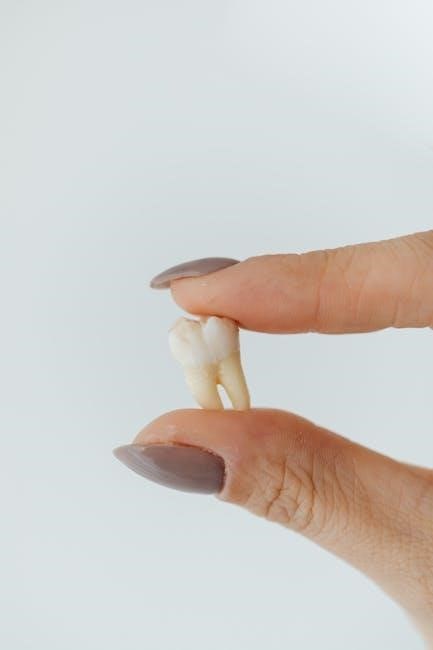
Preventing Complications
Preventing complications after tooth extraction is crucial. Avoid smoking and alcohol to promote healing and reduce infection risk. Following all post-operative instructions helps ensure proper recovery and minimizes issues.
Avoiding Smoking and Alcohol
Smoking and alcohol consumption are significant impediments to the healing process following a tooth extraction. Smoking introduces harmful chemicals into the mouth, delaying tissue repair and increasing the risk of infection. Nicotine also restricts blood flow, which is essential for proper healing and clot formation. Similarly, alcohol can interfere with medication, thin the blood, and hinder the body’s natural healing mechanisms. It’s imperative to abstain from both smoking and alcohol for at least 72 hours after the extraction, or ideally, for as long as your dentist advises. This abstinence helps prevent complications such as dry socket and promotes faster recovery. Prioritizing these restrictions is vital for a smooth and uncomplicated healing journey.
Preventing Dry Socket
Preventing dry socket is crucial for a comfortable recovery after tooth extraction. Dry socket occurs when the blood clot dislodges from the extraction site, exposing the underlying bone and nerves, leading to intense pain. To minimize the risk, avoid any actions that could disturb the clot during the first 24-48 hours. Do not rinse vigorously, spit forcefully, or use straws, as these actions can dislodge the clot. Refrain from smoking, as the sucking motion and chemicals in cigarettes increase the risk. Maintain excellent oral hygiene by gently rinsing with saltwater after the first 24 hours. Adhering to these precautions significantly reduces the likelihood of developing a dry socket and ensures a smoother healing process; Following your dentist’s specific instructions is also essential.
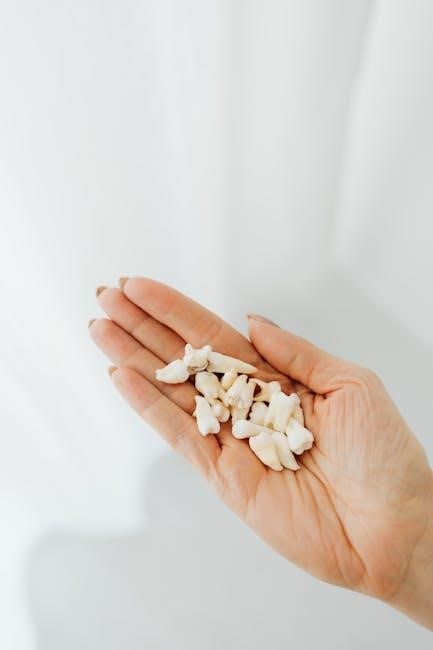
Swelling Management
Swelling is a common occurrence after tooth extraction. Apply cold compresses to the cheeks for 20 minutes on, 20 minutes off. Keep your head elevated, especially during the first 48 hours, to minimize swelling.
Cold Compress Application
Applying a cold compress is a vital step in managing swelling after a tooth extraction. Immediately following the procedure, gently apply an ice pack or a cold compress to the cheek area near the extraction site. It is advised to apply the cold compress for 20 minutes at a time, followed by a 20-minute break. This on-and-off cycle should be continued for the first 24 to 48 hours after the extraction to effectively reduce inflammation and discomfort.
The cold temperature helps to constrict blood vessels, which in turn minimizes swelling and numbs the area, providing some pain relief. Be sure to wrap the ice pack in a cloth to prevent direct contact with the skin, which could cause frostbite. Consistent and proper application of cold compresses during this initial period will aid in a smoother and more comfortable recovery process.
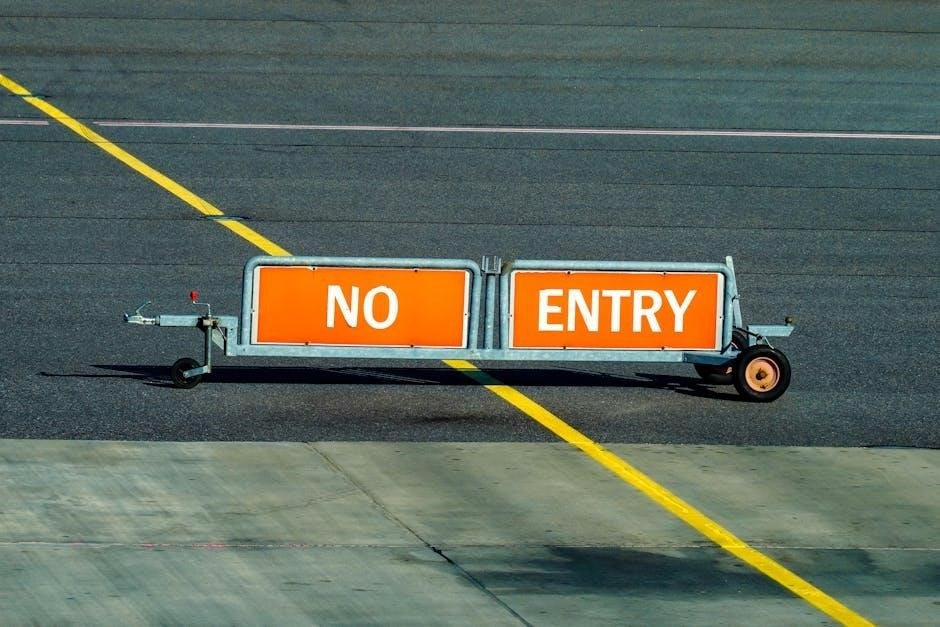
No Responses